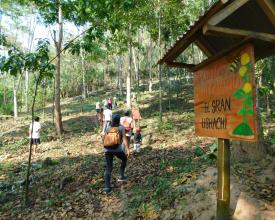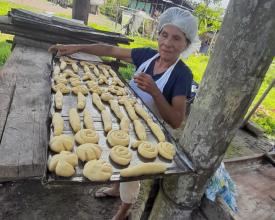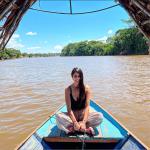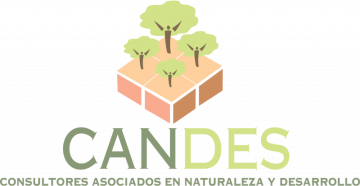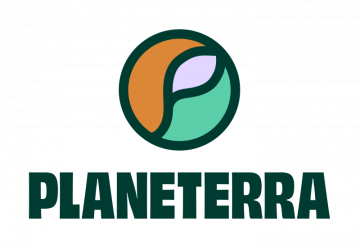
Strengthening community tourism
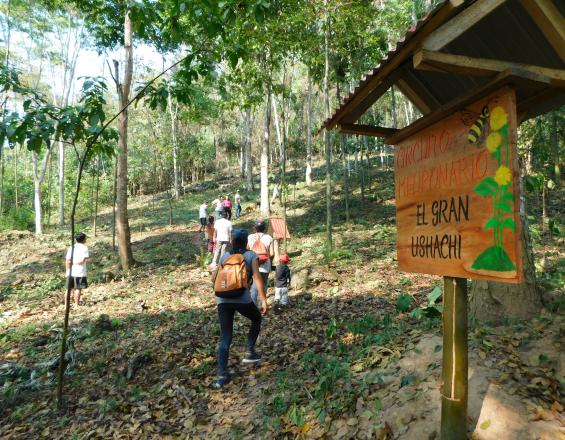
In 1983, the PNRA was created to protect the cloud forests of the forest browse, high forest, and endangered species. It also ensures the hydrological stability of the Abiseo, Túmac, and Montecristo river basins.
There are 11 communities located around the PNRA. Basically, tourism activities have been developed in the eastern sector, although they are being considered for expansion to other sectors of the PNRA.
Tourism is the second most important economic activity and has been significantly affected by the pandemic. However, the communities are interested in reactivating and strengthening this activity as an income diversification strategy. With the support of IUCN/Planeterra, five communities worked on the construction of the Community Action Plan, based on the needs of the communities and taking into account the local tourism market, which was socialized with protected area managers, local authorities and institutions with an impact on the area.
Impacts
- As part of the Action Plan development process, local stakeholders were identified with an interest in building a joint vision to implement tourism actions in the communities, with the support of local people. This represents a major step towards generating internal changes and promoting, in the short and medium term, economic, cultural and environmental growth.
- According to the context of each community, organizational capacities were strengthened to promote sustainable tourism and/or infrastructure works were carried out under the "cash for work" mechanism, facilitating the purchase of materials from the project and labor as a contribution from the local population.
- The "cash for work" mechanism included the renovation of bridges for tourist routes, implementation of a restaurant, a tourist reception house, a lookout point, and accessibility routes. The sustainability of this initiative has required a strong local awareness-raising effort, with the participation and involvement of local stakeholders.
- Local people have been trained in ecotourism and its different forms of experience, development of tourism products based on local itineraries and unique sales proposals, technical field visits, determination of itineraries and costs, and management of product communication for visitor participation.

